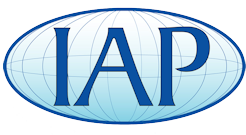snyiper
Member
I need a little advice, Dont worry I am not depriming live rounds with a ball pein hammer. I just purchased a lee single stage press that's bench mounted. I would like to deprime shells and learn how to size the neck for a tight fit for bullets. This is for cartridge pens BTW. Lets say I want to do 30-30, 270,30-06 308 and 7mm rem mag. Can I do all these with the same gear? What type of dies or depriming stuff do I need to look for? Yes somewhere down the line I may reload for deer season but for now Factory rounds are spot on. Recommendations on gear I need and what is nice to have..?


